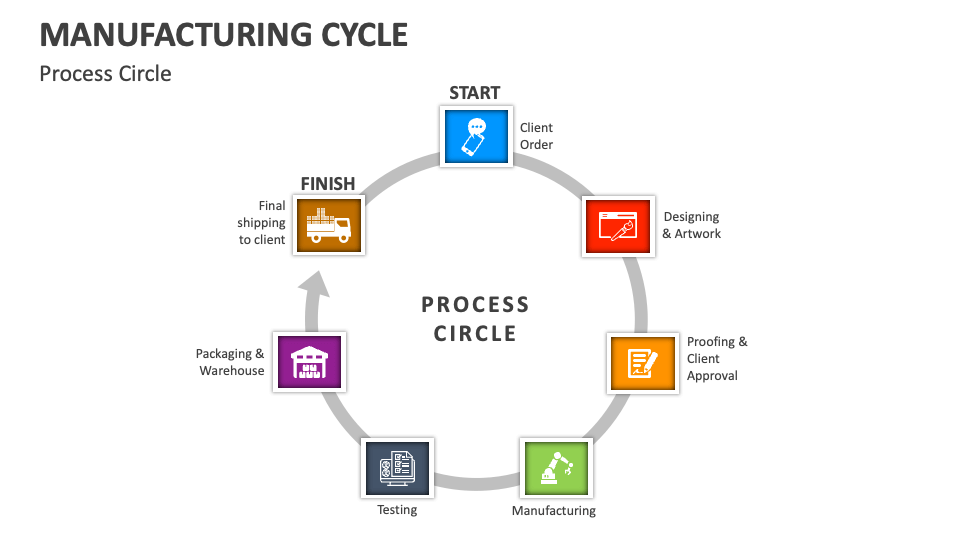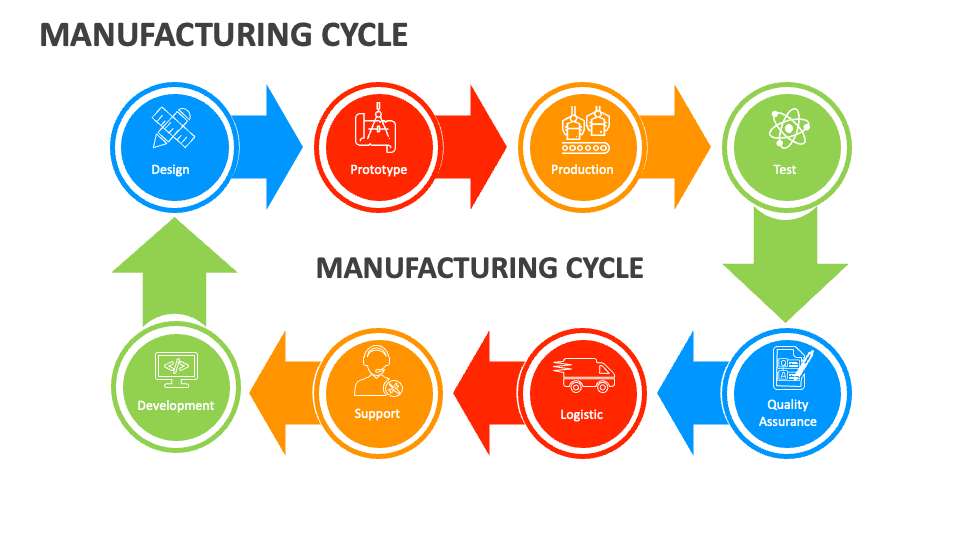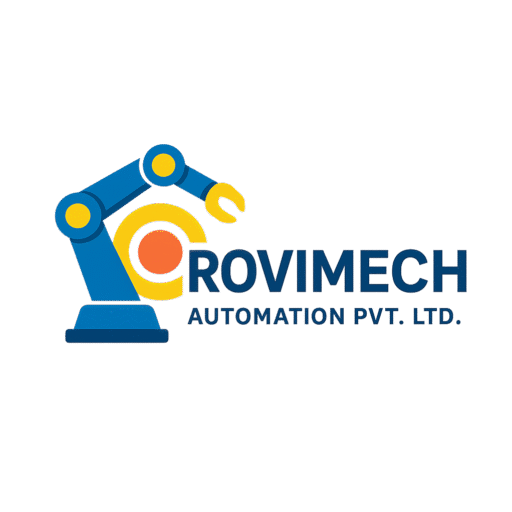Quality Control & Assurance Standards
At Rovimech Automation Pvt. Ltd., quality is not just a process — it is a culture we follow in every stage of machine building, system integration, and electrical panel development. Our quality standards ensure that every solution we deliver is reliable, safe and performance driven.

- Quality Control & Assurance Standards
- 1. Scope & Objectives
- 2. Quality Policy & Rules
- 3. Roles & Responsibilities
- 4. Quality Process Flow
- 5. Inward Quality Control (Incoming Inspection)
- 6. In-Process Quality Control
- 7. Outward Quality Control (Final Inspection)
- 8. Factory Acceptance Test (FAT)
- 9. Non-Conformance & Corrective Action
- 10. Documentation & Traceability
1. Scope & Objectives
Our quality control system applies to: –

QUALITY SCOPE: –
- Special Purpose Machines (SPM)
- Vision inspection systems
- Robotics and automation solutions
- Electrical control panels
- QUALITY OBJECTIVES: –
- Ensure all incoming materials meet specifications.
- Monitor and control every stage of manufacturing.
- Guarantee that every machine and panel passes performance and safety checks.
- Maintain full documentation and traceability for customer assurance.
2. Quality Policy & Rules
We are committed to delivering automation solutions that meet or exceed customer requirements.
Our Quality Rules: –
- All incoming materials are inspected within 48 hours of receipt.
- Defective or non-conforming parts are immediately quarantined.
- No machine or panel is dispatched without passing a complete final inspection and Factory Acceptance Test (FAT).
- All measuring and testing instruments are calibrated and certified.
- Critical components are tracked by serial or batch number for traceability.
3. Roles & Responsibilities
- Quality Manager: Defines standards, verifies reports, and leads corrective actions.
- Receiving Inspector: Performs inward inspection and prepares Material Acceptance Reports (MAR).
- Production Supervisor: Ensures in-process checks and compliance with work instructions.
- Electrical Lead / Panel Builder: Performs wiring inspections, continuity, and insulation checks.
- Test Engineer: Conducts functional and FAT testing.
- Stores & Logistics: Ensures proper labeling, storage, and packaging for dispatch.
4. Quality Process Flow
- Supplier approval and purchase order verification
- Receiving & inward inspection of materials
- Storage with identification and traceability
- Mechanical assembly & in-process inspection
- Electrical panel build & wiring checks
- System integration and functional testing
- Final inspection & Factory Acceptance Test (FAT)
- Packing, labeling, and outward inspection
- Customer Site Acceptance Test (SAT)
- Feedback collection and continuous improvement
5. Inward Quality Control (Incoming Inspection)
Every received item undergoes checks for:
- Part numbers, quantity, and supplier documentation
- Visual inspection for damages or corrosion
- Dimensional checks using calibrated tools
- Electrical ratings and certifications (CE/UL)
- Calibration certificates for critical instruments
Material Acceptance Report (MAR) includes:
- Supplier details & PO number
- Inspection date and inspector name
- Test results and measurements
- Acceptance / Rejection status
- NCR number (if non-conforming)
6. In-Process Quality Control
Mechanical Assembly Checks:
- Fit and alignment of parts
- Torque verification for fasteners
- Welding, surface finish, and protective coating
- Correct lubrication
Electrical Panel Checks:
- Wiring as per schematic with proper tagging
- Grounding and continuity checks
- Insulation resistance & HiPot testing
- PLC I/O verification and sensor connections
Software & Configuration Control:
- Version tracking for PLC/HMI/vision programs
- Change notes and re-testing for software updates
7. Outward Quality Control (Final Inspection)
Before dispatch, every system is inspected for:
- Closure of all inward and in-process inspection reports
- Torque logs and alignment checks
- Electrical test records (continuity, insulation, HiPot)
- FAT execution covering safety, performance, and functionality
- Documentation package (drawings, wiring diagrams, PLC programs, manuals)
- Proper packaging with safety indicators (anti-static, shock, tilt)
8. Factory Acceptance Test (FAT)
The FAT ensures machines meet design and contractual requirements. It includes:
- Pre-test inspection and power-up sequence
- Functional cycle testing
- Safety device validation (E-stops, guards, interlocks)
- Throughput and performance checks
- Data communication and logging verification
- Customer witness sign-off (if applicable)
9. Non-Conformance & Corrective Action
If a defect is found:
- An NCR (Non-Conformance Report) is issued with details and photos.
- The part/machine is quarantined.
- Containment and immediate corrective action are taken.
- Root Cause Analysis (RCA) is performed.
- Corrective and Preventive Action (CAPA) plan is implemented.
- Quality team verifies and closes the NCR.
10. Documentation & Traceability
Every project maintains inspection records, calibration certificates, test reports, and checklists.
- All reports are stored digitally for a minimum of 3 years.
- Each critical component and software version is traceable to the project/job number.

